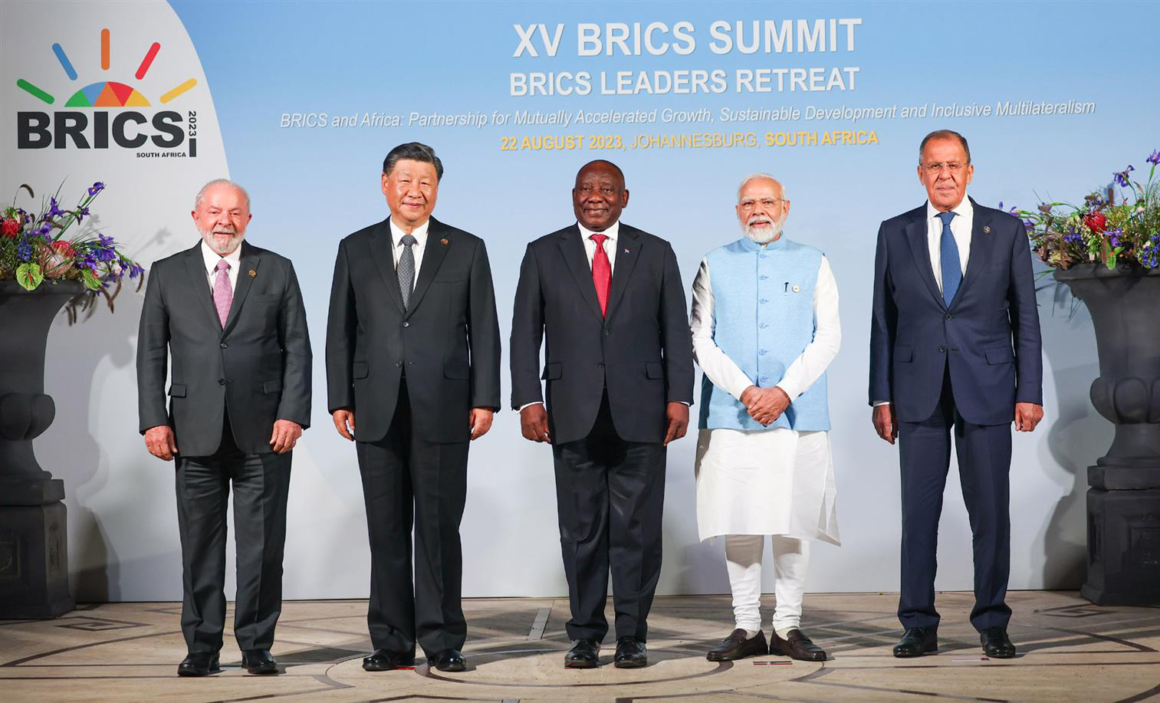The recent decision of BRICS to expand its membership is an interesting move in the world of international relations. For far too long, the world and its various multilateral institutions have been dominated by the Western bloc. BRICS, many believe, has always been a grouping meant to be an alterative bloc to G7. Now with the inclusion of the United Arab Emirates in the group, it changes the dynamics of the grouping and the Middle East too.
For one, the UAE has traditionally been closer to the West. Its close ties with the United States have been a constant for many decades in the Middle East now. The inclusion of UAE in BRICS is then also an indication that the Emirates would like to move out of a ‘west only circuit and forge partnerships with member countries of the Global South. This will give the UAE an opportunity to emerge as a regional power in its own right as the world rapidly moves towards multipolarity. It is also an indication of the UAE’s growing relationship with China, which is trying to set up a counter-weight to US hegemony. There is a perception that the US has moved away from the Middle East and is more invested in the geopolitics of the Indo-Pacific which in turn gives China the perfect opportunity to expand its influence in the region.
From an economic standpoint, the UAE now stands to gain access to a bigger market. Collectively, the BRICS member states have a GDP which is more than $27 trillion and a population of more than three billion. The oil market and related politics is likely to get affected the most by this recent BRICS expansion.
By adding Iran, Saudi Arabia and UAE as members, BRICS stands to collectively control 43% of global crude oil production. Some studies estimate that OPEC controls about 38 % of crude oil globally. For the UAE, this means a greater political heft in BRICS, OPEC and on the global stage. After all, India and China, the two largest oil importers of oil are also in BRICS (China is the no 1 and India no 3 importer of crude oil). The Ukraine conflict and India’s continued buying of oil from Russia has already set in motion a new and different set of geopolitics.
There is of course also the question of de-dollarisation, a process by which member countries will use currencies other than the US dollar to do trade. Many analysts believe that de-dollarisation is still in the ideation stages and it will take a while before it becomes an actual reality. BRICS has in the past talked about a common currency.
India in July this year signed an agreement with the UAE allowing it to settle trade in rupees instead of dollars. In August, India’s top refiner made payment in Indian rupees for purchase of a million barrels of oil from the UAE. This was Indian Oil Corp which paid Abu Dhabi National Oil Company (ADNOC) in INR, according to a statement issued by the Indian embassy in UAE.
The UAE is also focussed on moving its economy from being heavily dependent on hydrocarbons export. Last year the UAE’s non-oil foreign trade hit a record $607.1 billion.
So while BRICS looks to the UAE as an important inclusion, for the Emirates this membership can also prove to be highly beneficial. It will be interesting to watch over the next few years how the UAE and BRICS converge in international forums and various multilateral institutions, especially if demand for changes in the United Nations and its Security Council, and for reform of the World Bank and International Monetary Fund (IMF), led by China and India find support from the UAE.


Leave a Reply